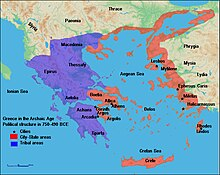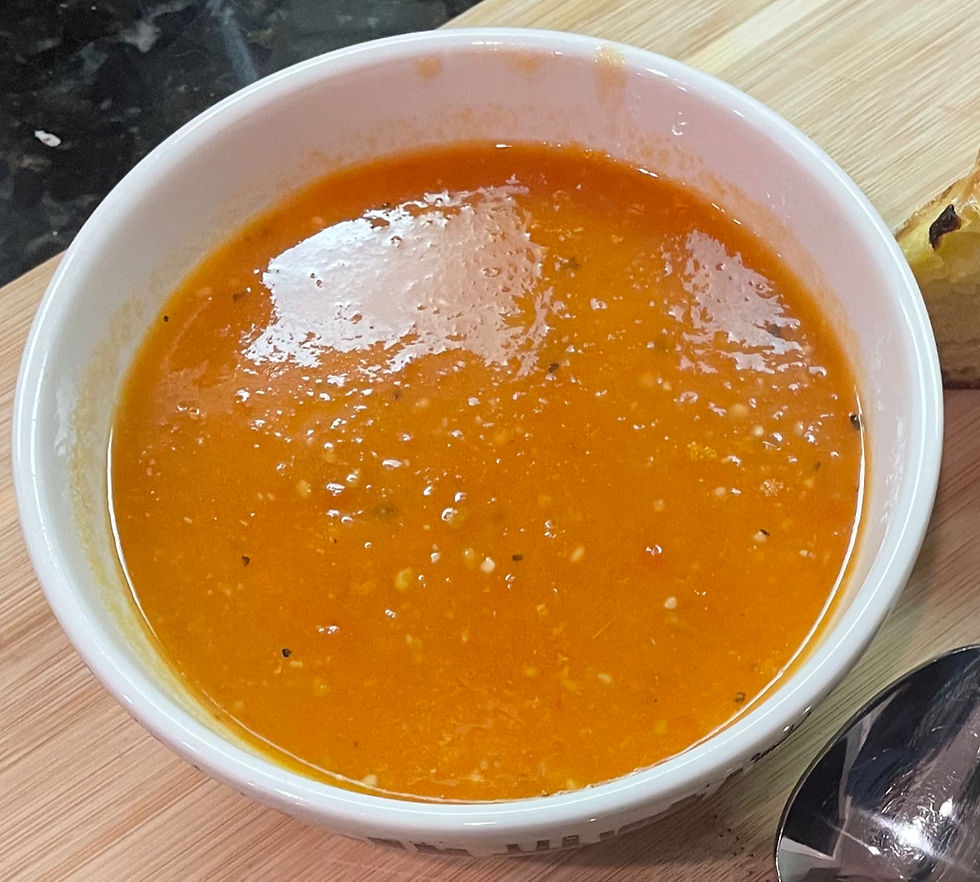The Many Dog Breeds of Ancient Rome
- inthearchivespodca
- Jan 30
- 2 min read
Breeds of Dogs in Ancient Rome
The ancient Romans had many different breeds of dogs—some familiar to us today, while others are now extinct. Early writers, such as Homer, often classified dogs by their function rather than by breed. Over time, specific breeds became recognized, each with a unique role in Roman society. Below are some of the most notable breeds.
Notable Breeds of Ancient Rome

Molossian – A large, muscular dog from Epirus (Greece), considered an ancestor of the mastiff. These powerful dogs were used for hunting, guarding, and even in gladiatorial battles.
Vertragus – An ancestor of the greyhound, prized for its speed and hunting abilities. The Roman poet Grattius praised the Vertragus, stating that it was “swifter than thought or a winged bird it runs, pressing hard on the beasts it has found.”
Laconian (Spartan Hound) – An extinct breed from ancient Greece, known for its incredible speed and hunting skills.

Statute of the Spartan Dog 
The Italian Grey Hound is the descandants of the Roman Racing Dog Vertragus 
Statute of the Molossian
Hounds from Celtic Britain

In addition to native breeds, the Romans also imported dogs from other regions, including Celtic Britain. One of the most famous imported breeds was the Irish Wolfhound. This large, greyhound-like dog first appeared in Rome in 391 AD, when Roman statesman Quintus Aurelius Symmachus wrote to his brother, thanking him for the gift of these remarkable hounds. These dogs were brought to Rome to impress and entertain audiences—a sentiment echoed in Symmachus’s letter, in which he notes:
“All Rome viewed them with wonder.”
Cross-Breeding in Ancient Rome
Historical sources indicate that the Laconian and Molossian were often crossbred to combine their speed and strength. Many of the working dogs described by Varro were likely the result of intentional crossbreeding, as Romans sought to develop dogs with specialized traits for hunting, guarding, and other tasks.
Conclusion
The diversity of dog breeds in ancient Rome reflects the many roles canines played in Roman society—whether as hunters, guardians, war dogs, or companions. While some breeds, like the Vertragus, have living descendants, others, such as the Laconian, have been lost to time. However, the legacy of Roman dog breeding continues today, as many of the traits valued by the ancients—loyalty, speed, strength, and intelligence—are still carefully cultivated in modern breeds.
Through selective breeding and imports from distant lands, the Romans demonstrated an early understanding of canine specialization, shaping the roles of dogs in their daily lives. Though centuries have passed, their appreciation for man’s best friend remains a testament to the enduring bond between humans and dogs.



Comments